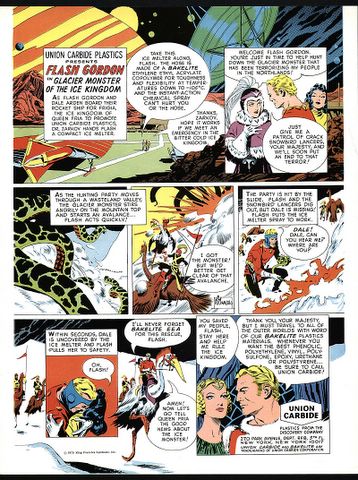Monday, December 18, 2006
How Not To Be Eaten By A Bat
The Yellow Underwing moth changes its sensitivity to a bat's calls when the moth is being chased. And in case there is another attack, the moth's ear remains tuned in for several minutes after the calls stop.
"To date, this phenomenon has not been reported for insects or, in fact, for any other hearing system in the animal kingdom. These findings change our understanding of the co-evolution of bats and moths and have implications for the hearing of many other animals."
It appears that even though moth ears are among the simplest in the insect world – they have only two or four vibration sensitive cells attached to a small eardrum – moths are not as deaf as previously thought.
As a bat gets closer to the moth, both the loudness and frequency (pitch) of the bat's calls increase. Surprisingly, the sensitivity of the moth's ear to the bat's calls also increases. This occurs because the moth's ear dynamically becomes more sensitive to the frequencies that many bats use when attacking moths. link
Keeping up with Bats: Dynamic Auditory Tuning in a Moth
Batgirl's on the case!
Sunday, December 17, 2006
Saturday, December 16, 2006
Smash Gordon by Frank Brunner

Art & story © Frank Brunner. CLICK IMAGE TO ENLARGE.
From the dusty Atomic Surgery Archives comes this strip from the legendary “Castle of Frankenstein” (#12, 1968).
Visit FrankBrunner.net
Vaughn Bodé’s 20,000 Leagues Under The Sea: Part 4



Back in the 60’s Vaughn Bodé illustrated a number of classics that had been rewritten for “reading challenged” kids. The books were published by Frank E. Richards and sold exclusively to schools.
Because these books are almost impossible to find at reasonable prices I’ll be posting all the illos from the best book of the bunch, “Jules Verne’s ’20,000 Leagues Under The Sea” in eight installments.
Read: Part 1 Part 2 Part 3 Part 4 Part 5 Part 6 Part 7 Part 8
All art © the estate of Vaughn Bodé
Friday, December 15, 2006
Born This Day: Gustave Eiffel
Dec. 15, 1832 – Dec. 28, 1923
Eiffel was a French civil engineer who specialised in metal structures, known especially for the Eiffel Tower in Paris. His work includes designing the rotatable dome for Nice Observatory on the summit of Mont Gros (1886), and the framework for the Statue of Liberty now in New York Harbour.
After building the Eiffel Tower (1887-9), which he used for scientific research on meteorology, aerodynamics and radio telegraphy, he also built the first aerodynamic laboratory at Auteuil, outside Paris, where he pursued his research work without interruption during WW I.
An Ode To Eiffel:
Eiffel was a French civil engineer who specialised in metal structures, known especially for the Eiffel Tower in Paris. His work includes designing the rotatable dome for Nice Observatory on the summit of Mont Gros (1886), and the framework for the Statue of Liberty now in New York Harbour.
After building the Eiffel Tower (1887-9), which he used for scientific research on meteorology, aerodynamics and radio telegraphy, he also built the first aerodynamic laboratory at Auteuil, outside Paris, where he pursued his research work without interruption during WW I.
An Ode To Eiffel:
This Day In History: The Origin of Nylon Stockings
On this day in 1939, nylon yarn was sold to hosiery mills to make women's stockings; marking the first use of commercial yarn for apparel. The product of DuPont enabled a record number of ladies' hose to go on sale for the first time in May, 1940. link
Thursday, December 14, 2006
On This Day: Quantum Physics Announced
In 1900, German physicist Max Planck made public his ideas on quantum physics at a meeting of the German Physics Society, revolutionizing scientists' understanding of physics.

Planck demonstrated that in certain situations energy exhibits characteristics of physical matter, something unthinkable at the time. He suggested the explanation energy exists in discrete packets, which he called "quanta." link

Sun Boy and Quantum Queen © DC Comics

Planck demonstrated that in certain situations energy exhibits characteristics of physical matter, something unthinkable at the time. He suggested the explanation energy exists in discrete packets, which he called "quanta." link

Sun Boy and Quantum Queen © DC Comics
Subscribe to:
Posts (Atom)










